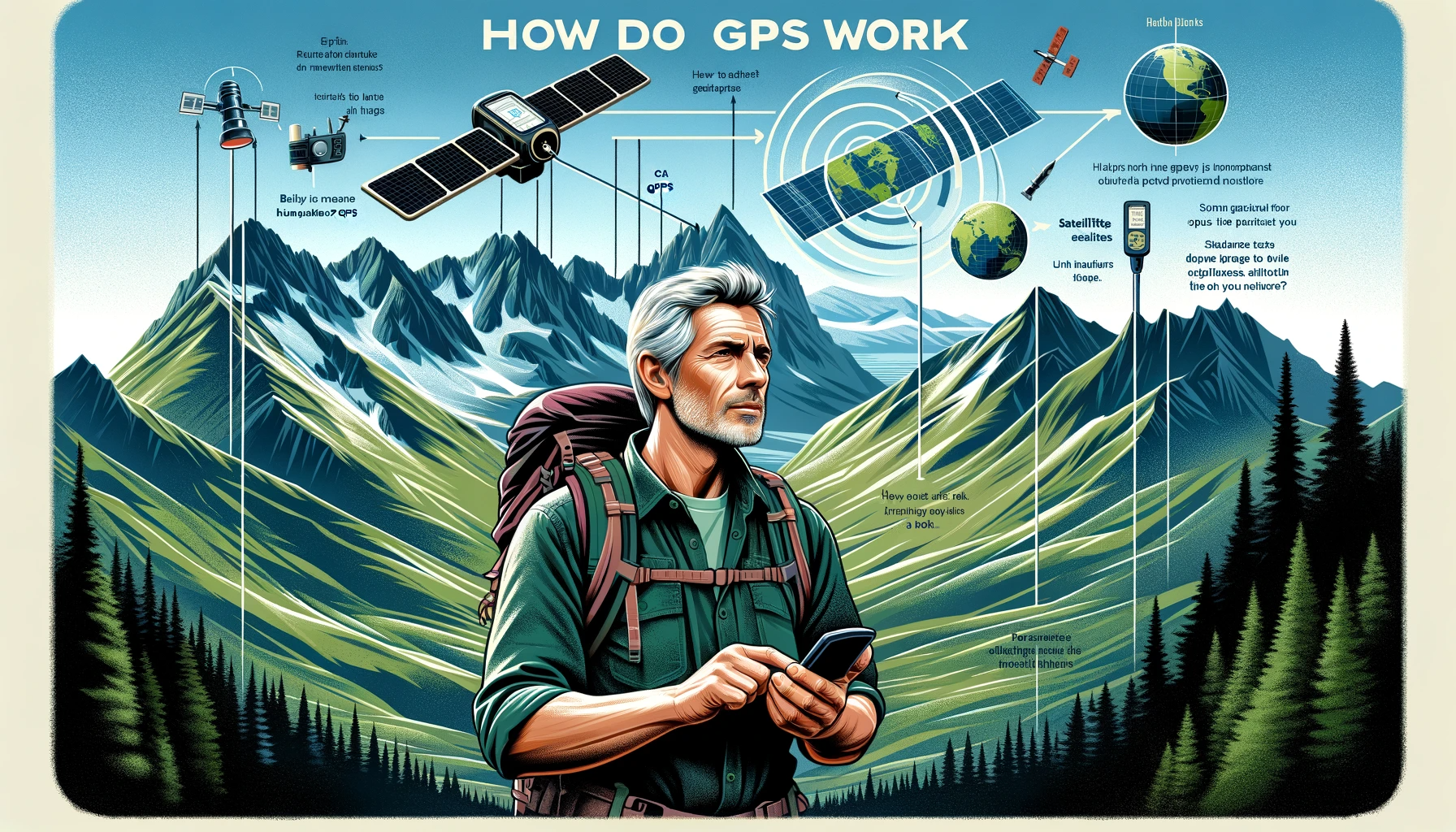Hiking GPS: Navigating the Great Outdoors
Ah, the great outdoors – where the air is fresh, the scenery is stunning, and the cell service is, well, let’s just say spotty. In this realm where nature reigns supreme, one tool has emerged as the hiker’s best friend: the GPS. But hold on, it’s not just any GPS. We’re talking about the hiking GPS, a device that’s more vital to an outdoor enthusiast than a waterproof jacket on a rainy day. So, let’s lace up our hiking boots and delve into the world of these modern-day trail guides.
What is GPS?
Picture this: a constellation of satellites orbiting the earth, all working in concert to tell you exactly where you are. This is the Global Positioning System (GPS) in a nutshell. It’s like having a personal navigator up in the sky, constantly at your service. Think of it as a high-tech breadcrumb trail, but without the worry of birds eating your trail markers.
The History of GPS
The story of GPS begins in the 1970s, back when bell-bottoms were in vogue, and disco was all the rage. Originally developed by the U.S. Department of Defense, it was like a top-secret agent that eventually decided to go public. Now, it’s as ubiquitous as smartphones and almost as vital.
The Inner Workings of GPS
Satellites – The Stars of the Show
These satellites are the MVPs of the GPS world. Orbiting about 20,000 kilometers above Earth, they’re like watchful guardians, constantly keeping an eye on us. Each satellite is equipped with an atomic clock, more accurate than any timepiece you’ll find on Earth.
How GPS Pinpoints Your Location
Your hiking GPS device is a little like a detective – it picks up signals from at least four of these satellites to triangulate your position. This triangulation involves some high-level math, calculating the time it takes for each signal to reach your device. The result? Your exact location, give or take a few meters. It’s like playing hide and seek, but the satellites always know where you are.
GPS in Hiking – Why It’s a Game Changer
The Benefits for Hikers
Imagine venturing into the wilderness, armed with the confidence that you won’t end up lost, wandering in circles, or worse, accidentally crashing a bear’s dinner party. A hiking GPS is your guide, your map, and your lifeline, all rolled into one compact device. It tells you not just where you are, but also how far you’ve traveled, how high you’ve climbed, and even how to get back to civilization.
Real-World Applications
From plotting your route to finding that elusive trailhead, a hiking GPS can do it all. It’s particularly useful when you’re trekking off the beaten path, or when the trail markers are as confusing as a jigsaw puzzle. Plus, in case of emergencies, it’s an invaluable tool for search and rescue teams to locate you.
Choosing the Right Hiking GPS
Features to Look For
When picking a hiking GPS, think about battery life (because nobody likes a dead GPS), durability (it needs to survive the occasional drop), and ease of use (you don’t want to be fumbling with buttons while hanging off a cliff). Also, consider whether you need extras like a built-in camera, altimeter, or barometer.
The Top Picks
Some of the best brands known for their GPS technology include:
Garmin
Widely recognized for their GPS devices, especially in areas such as automotive, aviation, marine, outdoor, and fitness.
TomTom
Known for their car navigation systems, TomTom also provides GPS sports watches and fleet management solutions.
Magellan
This brand is notable for its outdoor and vehicle navigation products.
Rand McNally
Specializes in maps, navigation, road travel, and trip planning. Their GPS devices are often geared towards truckers.
Bushnell
Known for outdoor technology, they produce GPS devices tailored for hikers and golfers.
DeLorme (now part of Garmin)
Known for their in Reach satellite communicators with GPS.
Mio
Offers a range of car navigation products.
Lowrance
Specializes in fish finders, marine networking, and GPS units for anglers and boaters.
Humminbird
Known for fish finders, GPS chart plotters, and fishing accessories.
Polar
Specialized in sports and fitness watches that include GPS functionality.
Each of these brands has its specialties and target markets, so the best choice depends on your specific needs and preferences.
Conclusion: The Indispensable Hiking Companion
In conclusion, a hiking GPS is more than just a gadget – it’s your navigator, your safety net, and your ticket to exploring the wild with confidence and peace of mind. Whether you’re a seasoned trailblazer or a weekend wanderer, remember, with a GPS in your hand, the world is your playground. So go ahead, embrace your inner explorer, and let your hiking GPS lead the way to your next adventure!
And with that, our journey through the world of hiking GPS comes to an end. Remember, the best adventure is a safe one, and a hiking GPS ensures just that. Happy trails, and may your GPS always point you in the right direction!
FAQs for “Hiking GPS: Navigating the Great Outdoors
What are the key features to look for in a hiking GPS?
How does a hiking GPS differ from a smartphone GPS?
Is it necessary to have a physical map and compass along with a hiking GPS?
Can I use a hiking GPS for other outdoor activities?
How do I maintain and care for my hiking GPS to ensure its longevity?
Read More: headless mode on a drone
